Recently, Gwendolyn Reese, president of the African American Heritage Association of St. Petersburg, sat down to discuss the Gas Plant neighborhood’s historic significance and an upcoming documentary about the area, which will feature stories told by former residents themselves.
BY FRANK DROUZAS, Staff Writer
ST. PETERSBURG — Gwendolyn Reese’s monthly Community Conversations have been back up and running since July from a brief hiatus. In partnership with Tombolo Books, her virtual conversations with community members discuss all-things Black St. Petersburg.
“For those of us who lived there it was a wonderful time! We have wonderful memories, and we want those stories to be in the minds of people when they think about the Gas Plant neighborhood,” Reese said, adding that it shouldn’t be thought of as a “blighted neighborhood,” as the Tampa Bay Times has called it, and an undesirable place to live.
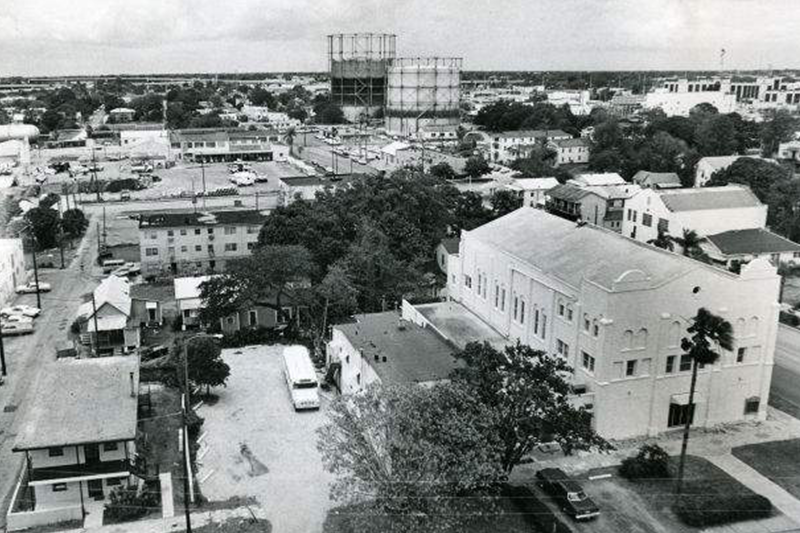
The Gas Plant neighborhood was filled with homes, churches, businesses, a library, a theater, schools, and playgrounds. It was a thriving community with a rich history.
At the Gas Plant/Laurel Park reunion event last December, Tara Segall and Andrew Lee of Roundhouse Creative Studio recorded memories of various former residents. Segall explained that the rich, fond recollections many had of their former home showed that the area has been unfairly maligned over the years.
Segall and Lee realized it deserved to be a bigger project than just a few folks sharing memories one afternoon. They and their crew have amassed 25 hours of video for a documentary, which is currently in the editing stage of post-production.
“We wanted to go into the process of just learning as much as we could about the history and about the neighborhood and the people who lived there and what they went through and the timeline of things that transpired,” explained Lee, founder of Roundhouse Creative. “The deeper we went, the more amazed we were and the more we realized we didn’t know, and the more valuable we felt these stories were to tell.”
Former Gas Plant resident Shirley Smith-Hayes, who attended the reunion, said she was “happy someone cared enough to allow us to tell our story.”
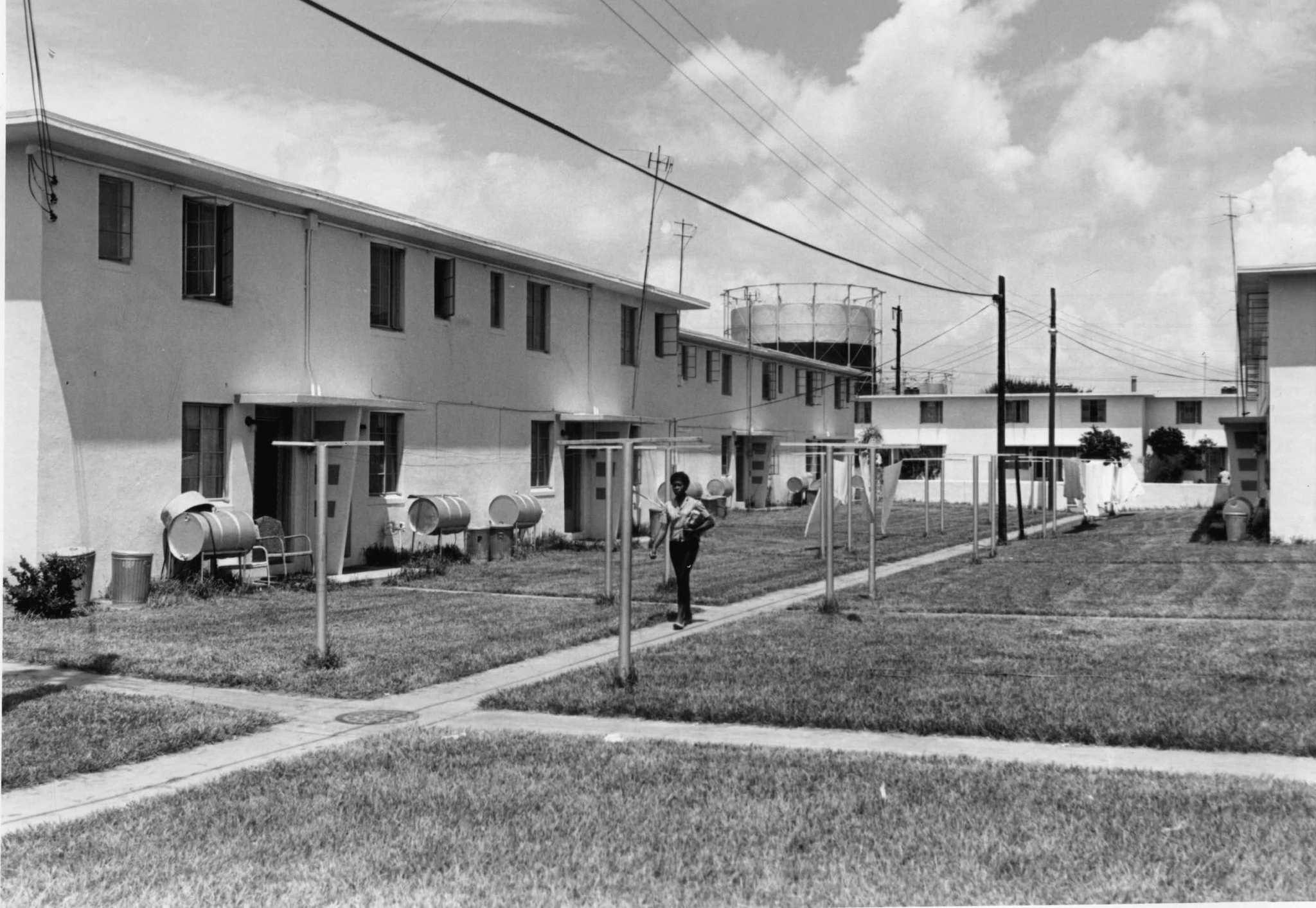
Although living conditions in the complex had deteriorated by the time the city broke ground for Tropicana Field in 1988, the impact of Laurel Park’s demolition was socially and economically devasting. Photo courtesy of Tampa Bay Times
“I have a lot of memory, there’s a lot of pain, a lot of people that I know were hurt and I wanted for people to know our story,” she said. “It’s no different from bringing us over from Africa — that stories,” she added.
Brenda Nelson, who was interviewed for the documentary and whose grandparents owned several businesses in the Gas Plant area including the Red Rose beer garden, said she wanted to be part of the project because “we have a rich history.”
“It’s a part of who I am,” she said. “It’s a part of my development because if we don’t know where we came from, how can we know where we’re going?”
Carlos Lovett was also interviewed for the documentary. He said his family was one of the last remaining ones in the Gas Plant area to relocate.
“I know what it did,” he said. “The impact that it had on us.”
Lee and Segall agreed that when they initially recorded some of the people’s stories, some rife with emotion and trauma, it was clear they had to preserve them and present them in a more sophisticated undertaking. Lee explained that documenting all this has been “an amazing experience” for him and has given him a new perspective on “something I was not aware of; I did not know about, and I’m so grateful to the people who have shared with us and allowed the rest of us to come along on their journey.”
Segall noted that it is crucial to take the time to talk to people one-on-one: “It was an opportunity to just allow people to tell their own story,” she stated.
Such stories, Reese pointed out, may never be documented in any history book, which makes the project all the more crucial.
Lee said if these stories are not told, preserved and shared, they will be lost to history. Often, such stories are not heard, or are lost, and we do not learn from them and continue to make some of the same mistakes, he added.
In fact, many people believe the Gas Plant residents were displaced just to make way for a new stadium, Smith-Hayes asserted, but in reality, they were offered better housing, manufacturing jobs and retail establishments to be built in the area.
“That’s what we were promised,” she said. “The land had been cleared for several years before the idea of the stadium came about. The other thing is we did not know that we were living on top of gas, underneath the ground, down by the Booker Creek area.”
Smith-Hayes recalled that she and other residents were not informed that they were being moved because of the hazardous conditions, but simply for redevelopment. Subsequently, some couldn’t afford rents in the surrounding areas, so they were forced to move to locations where they could — even if that meant out of the city.
Reese, who lived in the Sugar Hill area, recalled a sense of security within the neighborhood, even though the Jim Crow world was different for her and other residents outside it.
“Outside of our neighborhood, we faced racism,” she said. “We faced white and colored water fountains, sitting at the back of the bus; but in our neighborhood, we had love, we had caring, we had friendship. We had unity.”
When the neighborhood was dismantled, Smith-Hayes believes the “community connection” was the most profound loss for everyone. She recalled a time when everyone conversed on their porches, shared food and music and looked out for one another.
“We lost that. Now you notice we don’t have porches anymore, people don’t sit on porches, so you don’t know who your neighbors are anymore,” she said. “Those things were important back then.”
From working on the documentary, Lee admitted that gaining an understanding of the history has been “really important and illuminating” for him. For Segall, it has helped give her a new perspective not just on the history of the Gas Plant district but of the displacement of African Americans in this nation.
“It is very personal to this community, but unfortunately, it is not an uncommon story throughout our country,” she said, adding that is it important to raise awareness that the “same displacement has happened to countless other communities in the name of progress, in the name of development.”
Click here to read more stories from the Gas Plant/Laurel Park reunion.


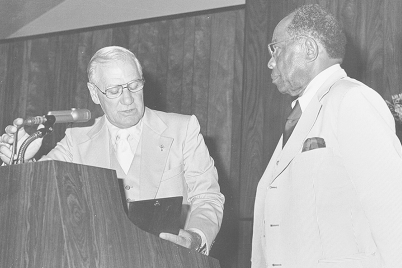
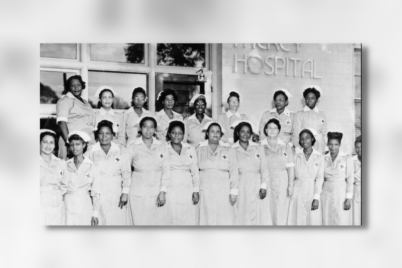
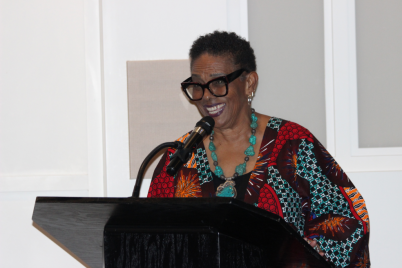





The photograph above shows the backyard of where I lived in Laurel Park. I recognize the Royal Street apartments at the head of the photo.
The Gas Plant memory experience is so vivid for me. It was my childhood and my young adult years spent there. I have good memories of fun times and struggles. I am so happy to be a part of our history. My granddaughter and great grandson are so proud and so are my other children.